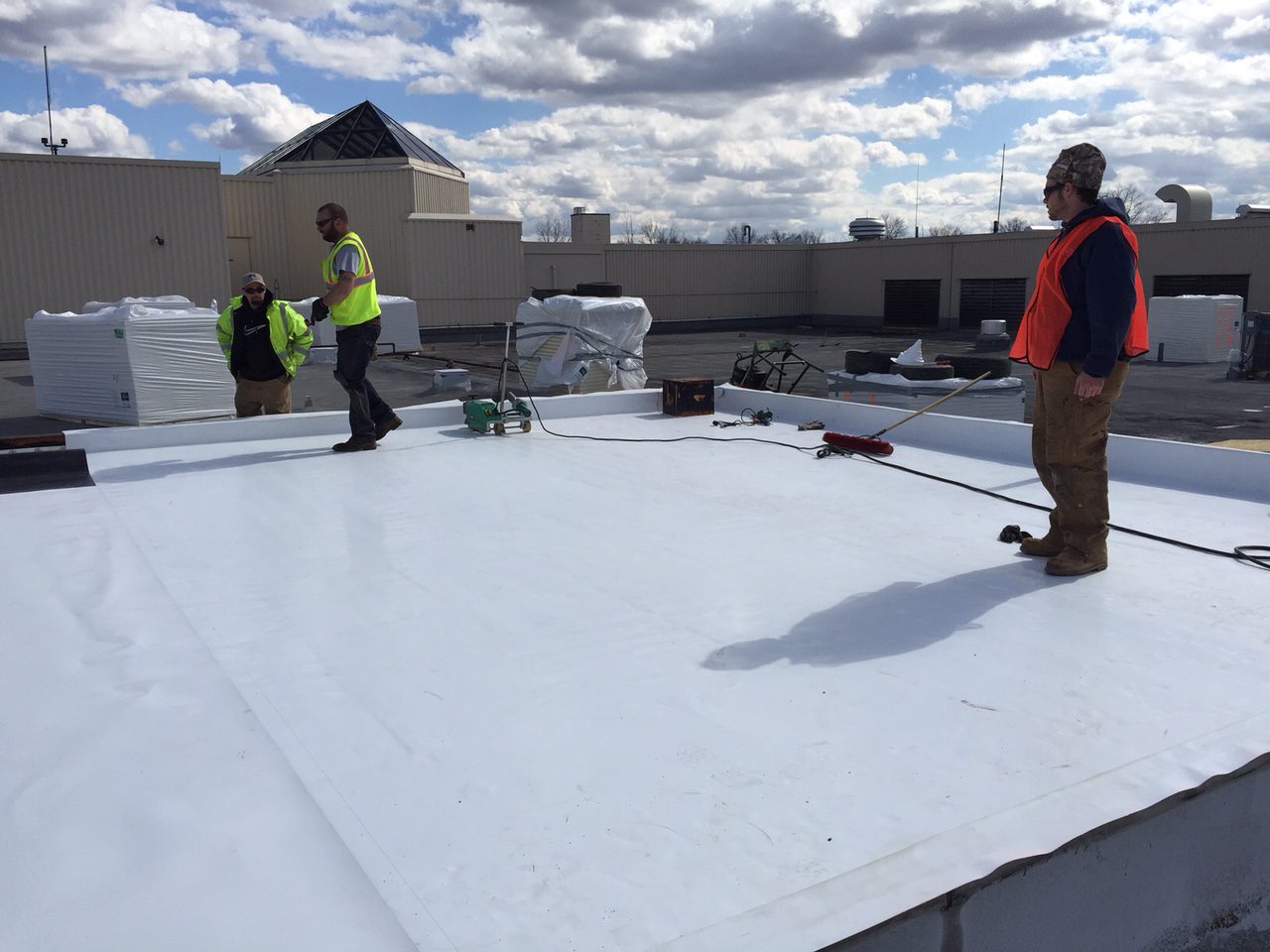

Articles
What Is TPO Roof
Modified: December 7, 2023
Learn everything you need to know about TPO roofing with our informative articles. Discover its benefits, installation process, and maintenance tips.
(Many of the links in this article redirect to a specific reviewed product. Your purchase of these products through affiliate links helps to generate commission for Storables.com, at no extra cost. Learn more)
Introduction
Welcome to the world of TPO roofing! If you’re in the market for a durable, energy-efficient, and cost-effective roofing solution, then TPO (Thermoplastic Olefin) roofing might be just what you need. TPO roofing is gaining popularity among homeowners and business owners alike due to its numerous benefits and high-performance capabilities.
In this article, we will explore what TPO roofing is, its composition, advantages, disadvantages, installation process, and maintenance requirements. By the end of this article, you’ll have a comprehensive understanding of TPO roofing and whether it’s the right choice for your roofing needs.
So, let’s dig in and discover everything you need to know about TPO roofing!
Key Takeaways:
- TPO roofing offers energy efficiency, durability, and cost-effectiveness, making it a popular choice for residential and commercial buildings. Its reflective properties reduce cooling costs and contribute to long-term savings on energy bills.
- Proper installation and maintenance are crucial for the longevity and performance of TPO roofing. Attention to detail during installation, regular inspections, and preventative maintenance measures help ensure a watertight and durable roofing system.
Read more: What Is A Roof
What Does TPO Stand For?
TPO stands for Thermoplastic Olefin, which refers to a type of roofing material that is widely used in the construction industry. It is a single-ply roofing membrane that is made from a blend of polymer materials, typically ethylene-propylene rubber and polypropylene. TPO roofing is known for its durability, flexibility, and energy-efficient properties.
Thermoplastic Olefin roofing was introduced in the early 1990s as an alternative to PVC (Polyvinyl Chloride) roofing. It quickly gained popularity due to its superior performance and environmental benefits. TPO roofing is commonly used for commercial, industrial, and residential applications.
One of the key features of TPO roofing is its ability to reflect sunlight and heat. This is achieved through the inclusion of reflective materials, such as titanium dioxide, in the roofing membrane. The reflective surface of TPO roofing helps to reduce the heat absorbed by the building, resulting in lower cooling costs and increased energy efficiency.
In addition to its energy-saving capabilities, TPO roofing is also known for its resistance to UV radiation, ozone, and chemical exposure. It is a highly durable roofing material that can withstand extreme weather conditions, including high winds, hail, and harsh climates.
Furthermore, TPO roofing is considered an environmentally friendly option. It is recyclable and does not contain harmful chemicals, making it a sustainable choice for eco-conscious individuals.
Overall, TPO stands for an advanced roofing material that offers durability, energy efficiency, and environmental benefits. It has become a popular choice for many building owners looking for a reliable and cost-effective roofing solution.
The Composition of TPO Roofing
TPO roofing is made up of several layers, each contributing to its overall strength and performance. The composition of TPO roofing typically includes the following components:
- Thermoplastic Olefin (TPO) Polymer: The primary component of TPO roofing is the thermoplastic olefin polymer. It is a blend of ethylene-propylene rubber and polypropylene, which provides durability, flexibility, and resistance to UV radiation and chemicals. The TPO polymer is responsible for the waterproofing and weatherproofing properties of the roofing membrane.
- Reinforcement Layer: TPO roofing often includes a reinforcement layer, which can be made of polyester or fiberglass. This layer enhances the strength and stability of the roofing membrane, improving its ability to withstand punctures and tears.
- Fillers: Fillers, such as fiberglass or mineral fillers, are added to the TPO roofing formulation to enhance its physical properties. These fillers improve the dimensional stability, fire resistance, and durability of the roofing membrane.
- Coloring Pigments: TPO roofing can be manufactured in various colors, but the standard color is typically white or light gray. Coloring pigments, such as titanium dioxide, are added to the TPO polymer to achieve the desired color and to enhance the UV reflective properties of the roofing membrane.
- Heat Weldable Seam: TPO roofing membranes are heat-welded together during installation to create a seamless and watertight roofing system. The heat weldable seam is a critical component of TPO roofing, ensuring that the individual sheets are securely joined and preventing water infiltration.
These components work together to create a TPO roofing system that is resistant to UV radiation, weather elements, and chemicals. The combination of the TPO polymer, reinforcement layer, fillers, coloring pigments, and heat-weldable seam results in a highly durable, flexible, and long-lasting roofing membrane.
Advantages of TPO Roofing
TPO roofing offers a range of benefits that make it a popular choice for both residential and commercial applications. Here are some of the key advantages of TPO roofing:
- Energy Efficiency: TPO roofing is highly reflective, which means it can reflect a significant amount of sunlight and heat away from the building. This reflective property helps reduce the need for excessive air conditioning, resulting in lower energy consumption and decreased utility bills.
- Durability: TPO roofing is known for its exceptional durability. It can withstand various weather conditions, such as high winds, hailstorms, and even fire. TPO roofing materials are also resistant to punctures, tears, and chemical exposure, ensuring long-lasting protection for your building.
- Cost-Effectiveness: TPO roofing is considered a cost-effective option compared to other roofing systems. It offers a favorable balance between performance and price, making it a budget-friendly choice for both residential and commercial projects. Additionally, its energy-saving properties can lead to significant long-term savings on energy bills.
- Flexibility: TPO roofing is highly flexible, allowing it to accommodate the natural movements of a building without cracking or tearing. This flexibility ensures that the roofing membrane remains intact and watertight over time, reducing the risk of leaks and water damage.
- Easy Installation: TPO roofing is lightweight and easy to install, making it a preferred choice among contractors. The installation process typically involves heat-welding the TPO sheets together, creating a seamless and watertight roofing system. The ease of installation can help reduce labor costs and minimize disruption during the construction process.
- Environmentally Friendly: TPO roofing is considered an environmentally friendly option. It is recyclable, which helps reduce waste and contributes to a sustainable building practice. TPO roofing materials also do not contain chlorine, making them an eco-conscious choice for those concerned about the environmental impact.
Overall, TPO roofing offers a combination of energy efficiency, durability, cost-effectiveness, flexibility, and environmental friendliness. These advantages make it an attractive roofing option for various building projects, providing reliable protection and long-term savings.
TPO (Thermoplastic Olefin) roofing is a single-ply membrane known for its durability, energy efficiency, and resistance to UV rays. It is a popular choice for commercial and industrial buildings due to its low maintenance and long lifespan.
Disadvantages of TPO Roofing
While TPO roofing has many advantages, it’s important to consider some of the potential drawbacks before making a decision. Here are a few disadvantages associated with TPO roofing:
- Membrane Vulnerability: TPO roofing membranes can be susceptible to damage from foot traffic and punctures. If the roofing membrane is not properly installed or maintained, it can be prone to tears and leaks. It’s essential to ensure that proper care is taken during installation and maintenance to prevent any potential vulnerabilities.
- Limited Color Options: Although TPO roofing is available in various colors, the range of choices is generally more limited compared to other roofing materials. If you have specific color preferences or design requirements for your building, TPO roofing may not offer the same level of customization.
- Potential for Shrinkage: TPO roofing membranes can experience minimal shrinkage over time, which can lead to stress on the seams and potential for leaks. Proper installation techniques and using high-quality TPO materials can help mitigate this issue.
- Quality Variation: Not all TPO roofing materials are equal in terms of quality and performance. It’s crucial to select a reputable manufacturer and ensure that the TPO roofing material meets industry standards for durability, flexibility, and UV resistance. Investing in a high-quality TPO roofing membrane can help avoid potential issues in the future.
- Environmental Impact during Manufacturing: While TPO roofing is considered environmentally friendly during its lifecycle and recyclable at the end of its service life, there are some concerns regarding the environmental impact of its manufacturing. The production process of TPO roofing involves the use of certain chemicals, so it’s important to choose manufacturers that prioritize eco-friendly practices.
It’s worth noting that while these disadvantages exist, proper installation, regular maintenance, and selecting high-quality materials can help mitigate potential issues. Consulting with a professional roofing contractor can provide valuable insights and guidance to ensure a successful TPO roofing installation.
Ultimately, understanding the potential drawbacks of TPO roofing allows you to make an informed decision based on your specific needs and requirements.
Read more: What Is A Parapet Roof
TPO Roofing Installation Process
The installation of TPO roofing requires careful planning and execution to ensure a watertight and long-lasting roofing system. Here is an overview of the typical TPO roofing installation process:
- Preparation: The first step in TPO roofing installation is the preparation of the roof surface. This involves cleaning the roof to remove any dirt, debris, or existing roofing materials. The roof is then inspected for any structural issues or damage that needs to be addressed before installation.
- Substrate Application: Once the roof is clean and in good condition, a suitable substrate is applied. This layer provides a smooth and stable surface for the TPO roofing membrane to adhere to. Depending on the specific requirements, the substrate can be insulation boards, cover boards, or an existing roof deck.
- Membrane Installation: The TPO roofing membrane is then installed over the prepared substrate. The membrane comes in large rolls, and it is rolled out onto the roof surface. The sheets are overlapped and heat-welded together using hot air or specialized equipment to create a seamless, watertight bond.
- Flashing Installation: Flashing is installed around roof penetrations, such as chimneys, vents, skylights, and HVAC units, to ensure a watertight seal. The flashing is typically made of TPO material and is heat-welded to the membrane to create a secure connection.
- Edge Detailing: The edges of the TPO roofing membrane are carefully detailed to provide additional protection against wind uplift and water penetration. This includes installing edge metal, termination bars, and sealants to secure the perimeter of the roof.
- Quality Assurance: Throughout the installation process, regular inspections are conducted to ensure the proper installation of the TPO roofing system. These inspections check for proper seam integrity, secure flashing, and adherence to manufacturer guidelines to maintain the highest quality standards.
It’s important to note that TPO roofing installation should be carried out by experienced and certified roofing professionals. They have the knowledge, skills, and equipment required to ensure the successful installation of TPO roofing and minimize the risk of issues in the future.
By following the recommended installation procedures and using high-quality materials, you can have confidence in the durability and performance of your TPO roofing system for years to come.
TPO Roofing Maintenance
Proper maintenance is crucial to ensure the longevity and performance of your TPO roofing system. By implementing a regular maintenance routine, you can identify and address any potential issues before they become more significant problems. Here are some key maintenance tips for TPO roofing:
- Inspect Regularly: Conduct routine inspections of your TPO roof to check for any signs of damage, such as punctures, tears, or seam separations. Inspect the flashings and edge details for any loose or damaged components that may compromise the integrity of the roofing system.
- Clean Debris: Regularly clear any debris, leaves, or branches that may accumulate on the roof surface. Debris can cause water pooling and potential damage to the roofing membrane. Use a soft-bristle broom or a low-pressure washer to remove debris gently.
- Address Leaks Promptly: If you notice any signs of leaks, such as water stains or dampness inside the building, act quickly to identify and repair the source of the leak. Ignoring leaks can result in further damage to the TPO roofing system and the interior of the building.
- Keep Gutters and Drains Clean: Ensure that gutters, downspouts, and roof drains are clear of debris to allow proper water drainage. Clogged drainage systems can lead to water backup on the roof, increasing the risk of leaks and water damage.
- Preventative Maintenance: Consider implementing a preventative maintenance program with a professional roofing contractor. This may include annual or bi-annual inspections, cleaning, and minor repairs to address any issues before they escalate.
- Avoid Harsh Chemicals: When cleaning the TPO roofing membrane, avoid using harsh chemicals or abrasive materials. These can degrade the integrity of the roofing material. Instead, use mild soap or specially formulated TPO roof cleaners recommended by the manufacturer.
- Trim Trees: If there are overhanging branches or trees near the roof, it’s advisable to trim them regularly. Branches can cause physical damage to the roofing membrane during storms or windy conditions.
By following these maintenance practices, you can help prolong the lifespan of your TPO roofing system and maintain its optimal performance. Regular inspections and timely repairs will prevent minor issues from escalating into more significant problems, ultimately saving you time and money in the long run.
Remember, consulting with a professional roofing contractor can provide expert advice and guidance on the specific maintenance requirements for your TPO roofing system.
Conclusion
TPO roofing is a versatile and popular choice for residential and commercial buildings due to its numerous advantages. It offers energy efficiency, durability, cost-effectiveness, flexibility, and environmental friendliness. TPO roofing membranes are designed to withstand various weather conditions and are resistant to UV radiation, chemicals, and punctures.
During the installation process, proper preparation, substrate application, membrane installation, flashing installation, and edge detailing are essential for a successful and watertight TPO roofing system. Careful attention to detail and adherence to manufacturer guidelines ensure the long-term performance and durability of the TPO roof.
Regular maintenance is crucial for the continued protection and performance of the TPO roofing system. Inspections, clearing debris, addressing leaks promptly, keeping gutters and drains clean, and implementing preventative maintenance measures are all important for maintaining the integrity of the roof. Additionally, avoiding harsh chemicals during cleaning and trimming trees near the roof can help prevent damage and prolong the lifespan of the TPO roofing system.
In summary, TPO roofing offers a reliable and cost-effective solution for both residential and commercial roofing needs. Its energy-saving properties, durability, flexibility, and environmental benefits make it an attractive choice for those looking for a long-lasting and eco-friendly roofing option. By understanding the advantages and disadvantages of TPO roofing and implementing proper installation and maintenance practices, you can ensure the longevity and performance of your TPO roof for years to come.
Frequently Asked Questions about What Is TPO Roof
Was this page helpful?
At Storables.com, we guarantee accurate and reliable information. Our content, validated by Expert Board Contributors, is crafted following stringent Editorial Policies. We're committed to providing you with well-researched, expert-backed insights for all your informational needs.
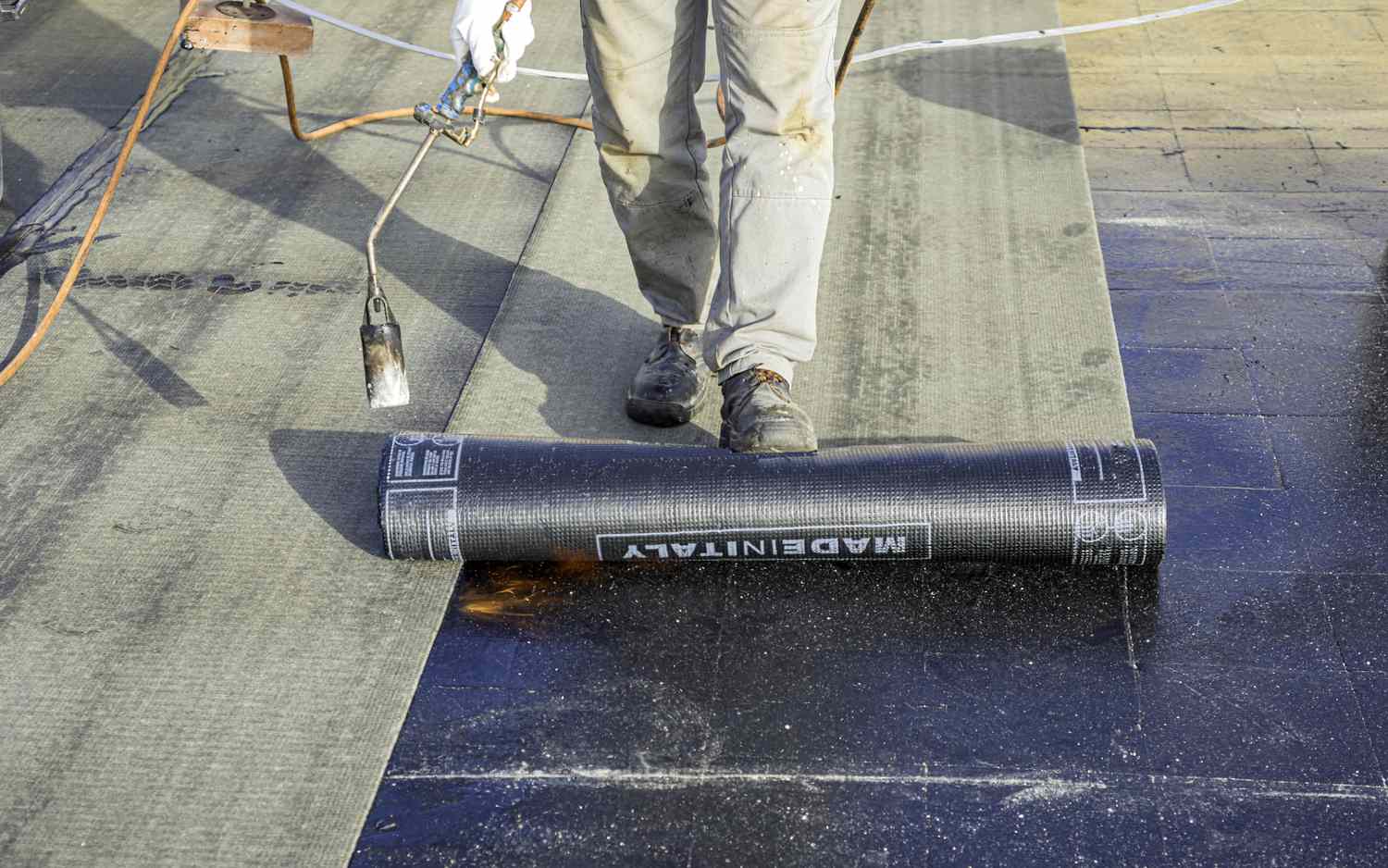
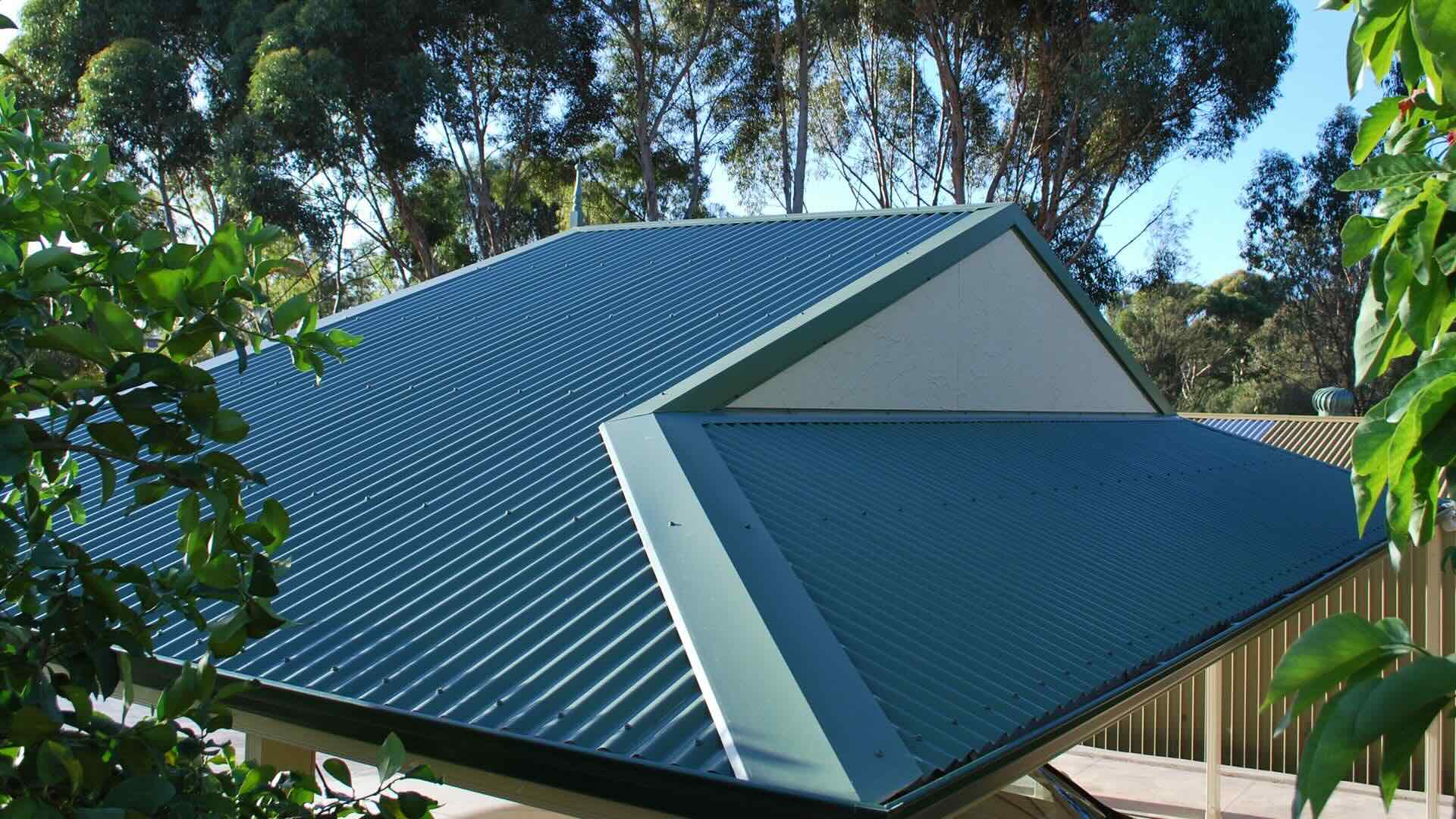
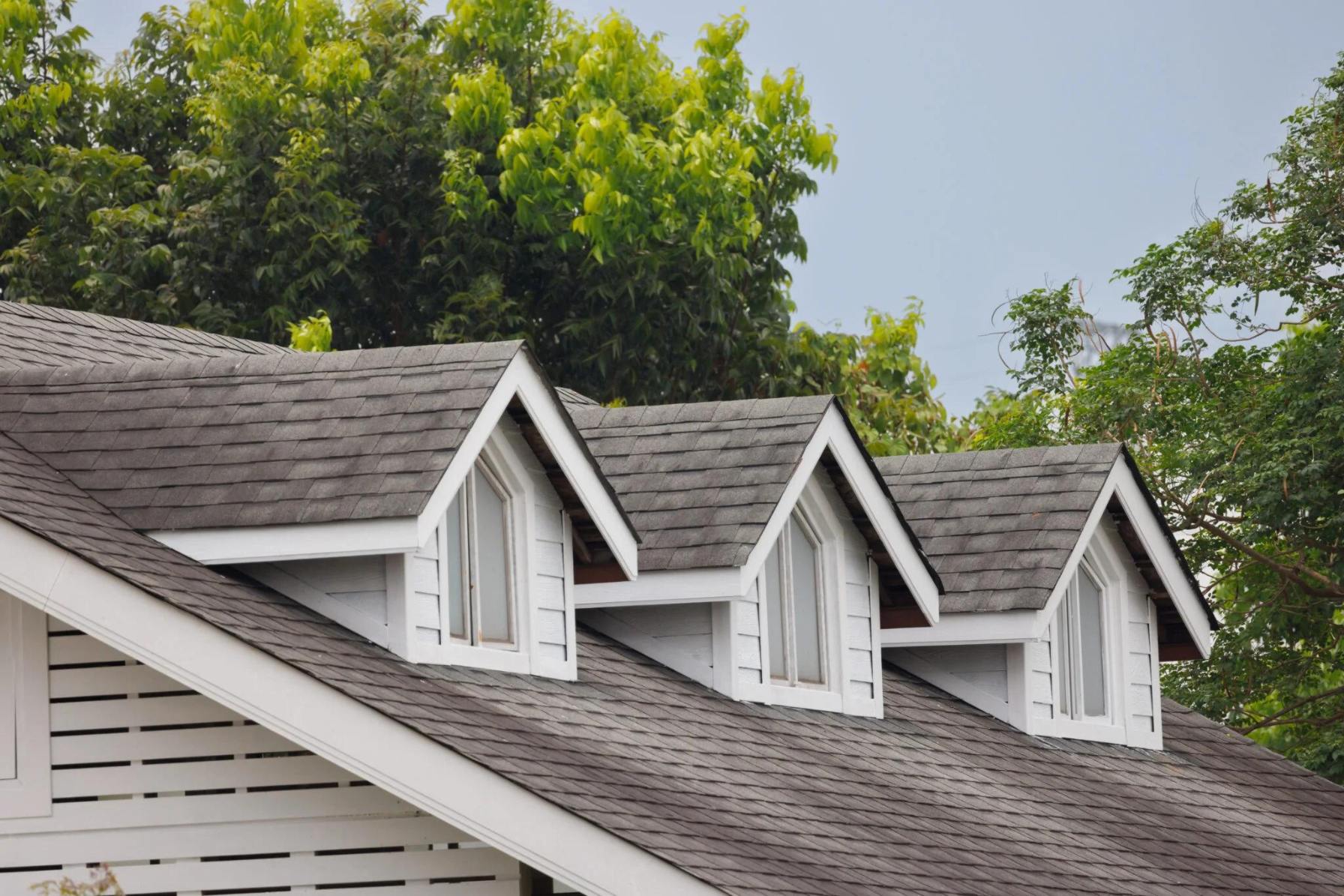
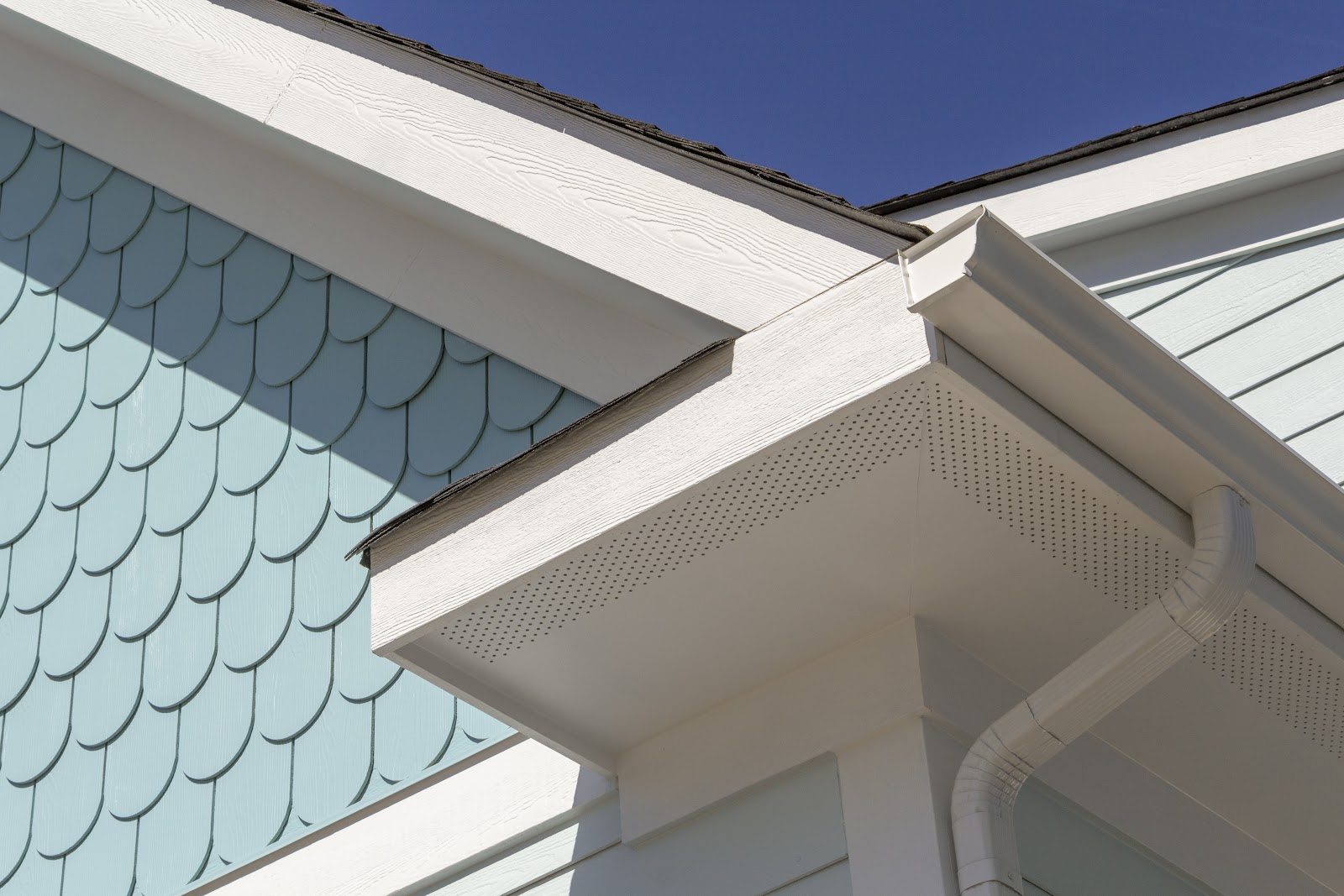
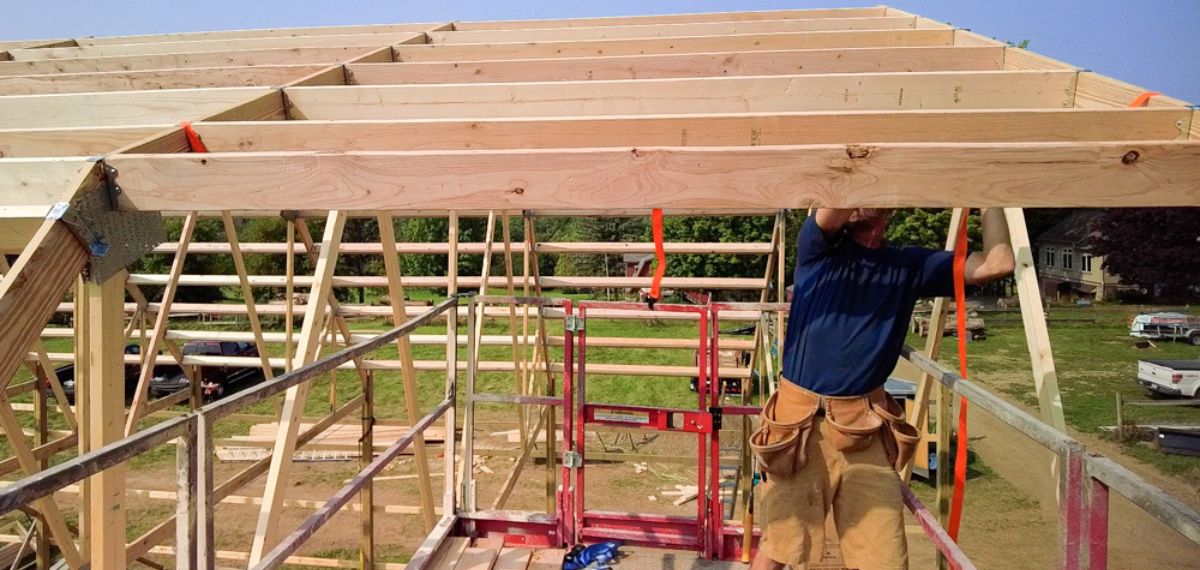
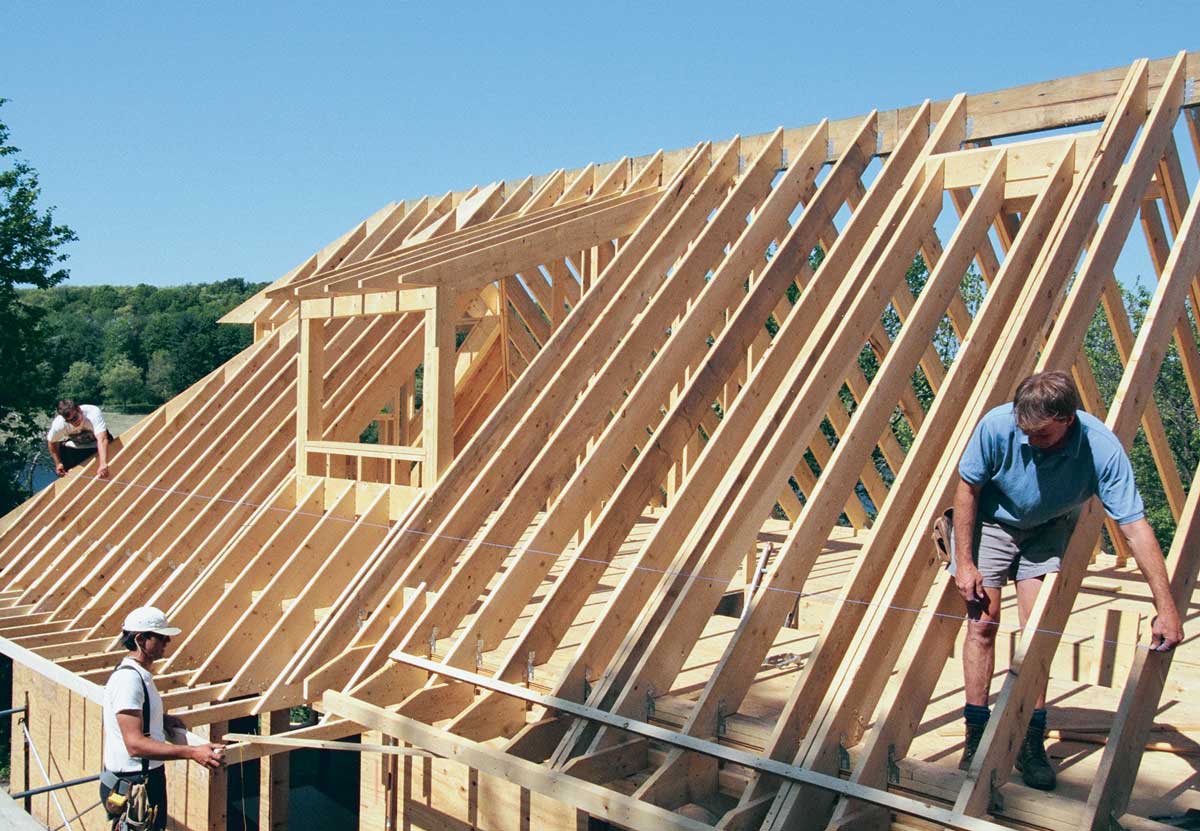
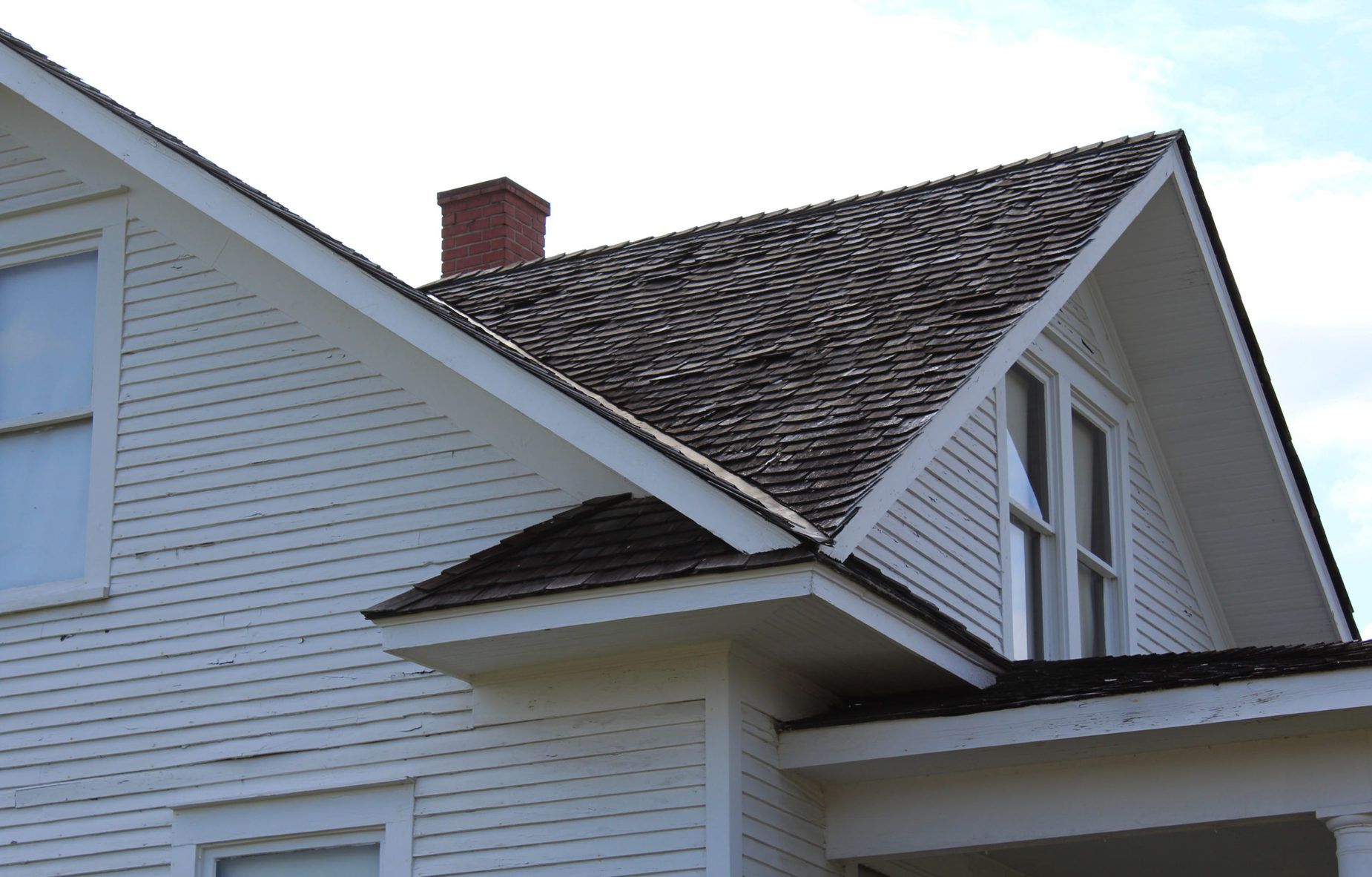
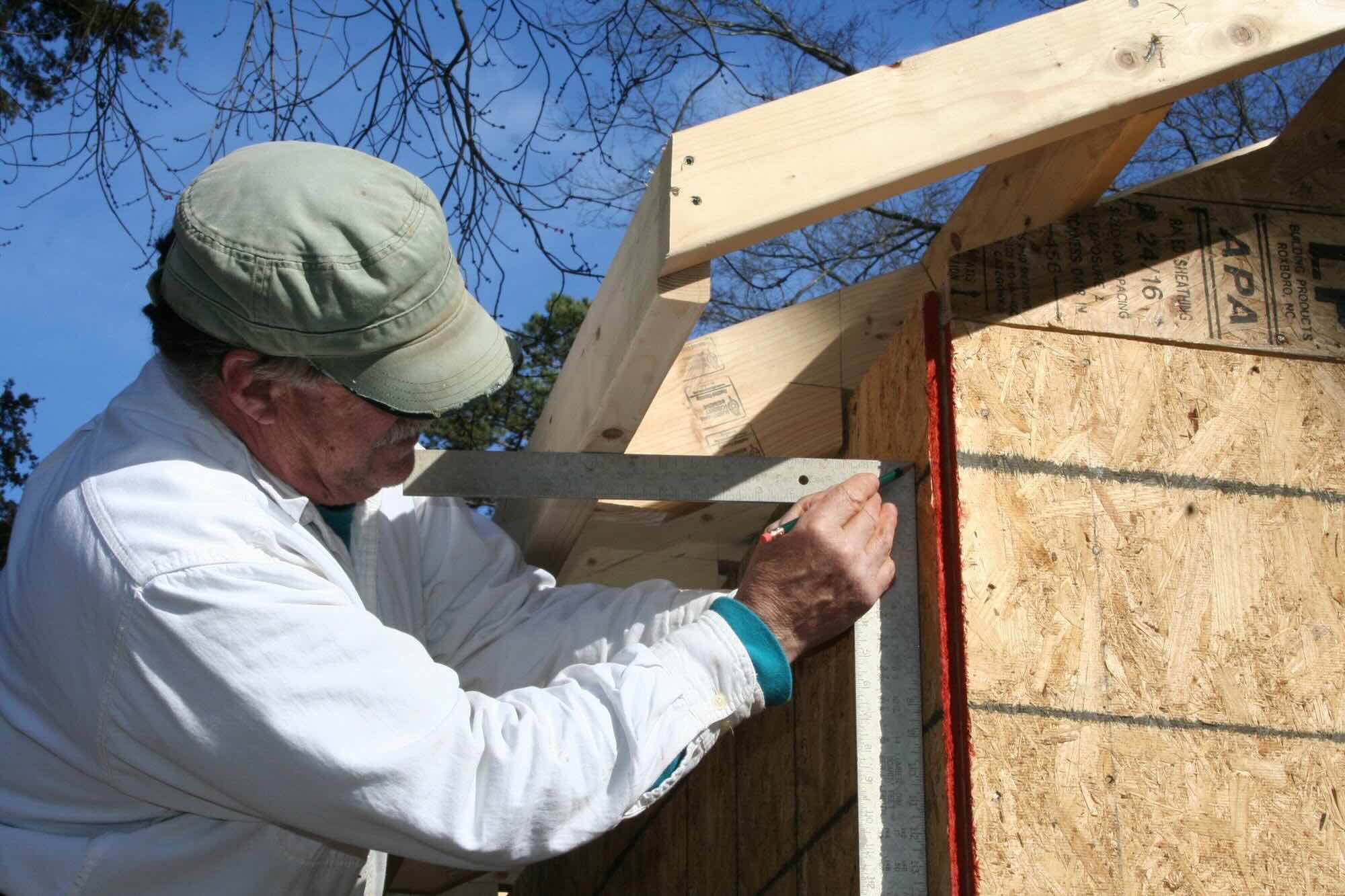
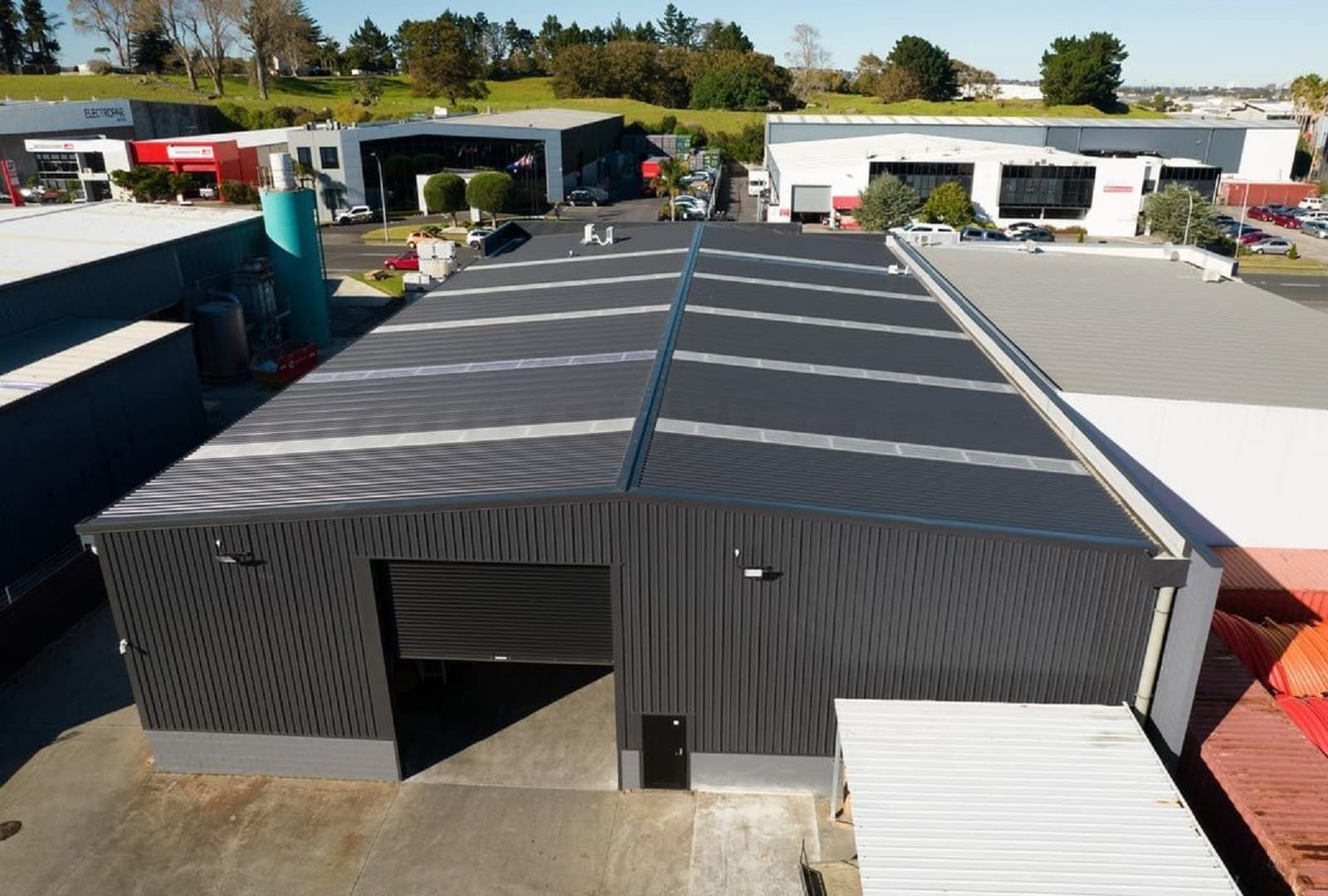
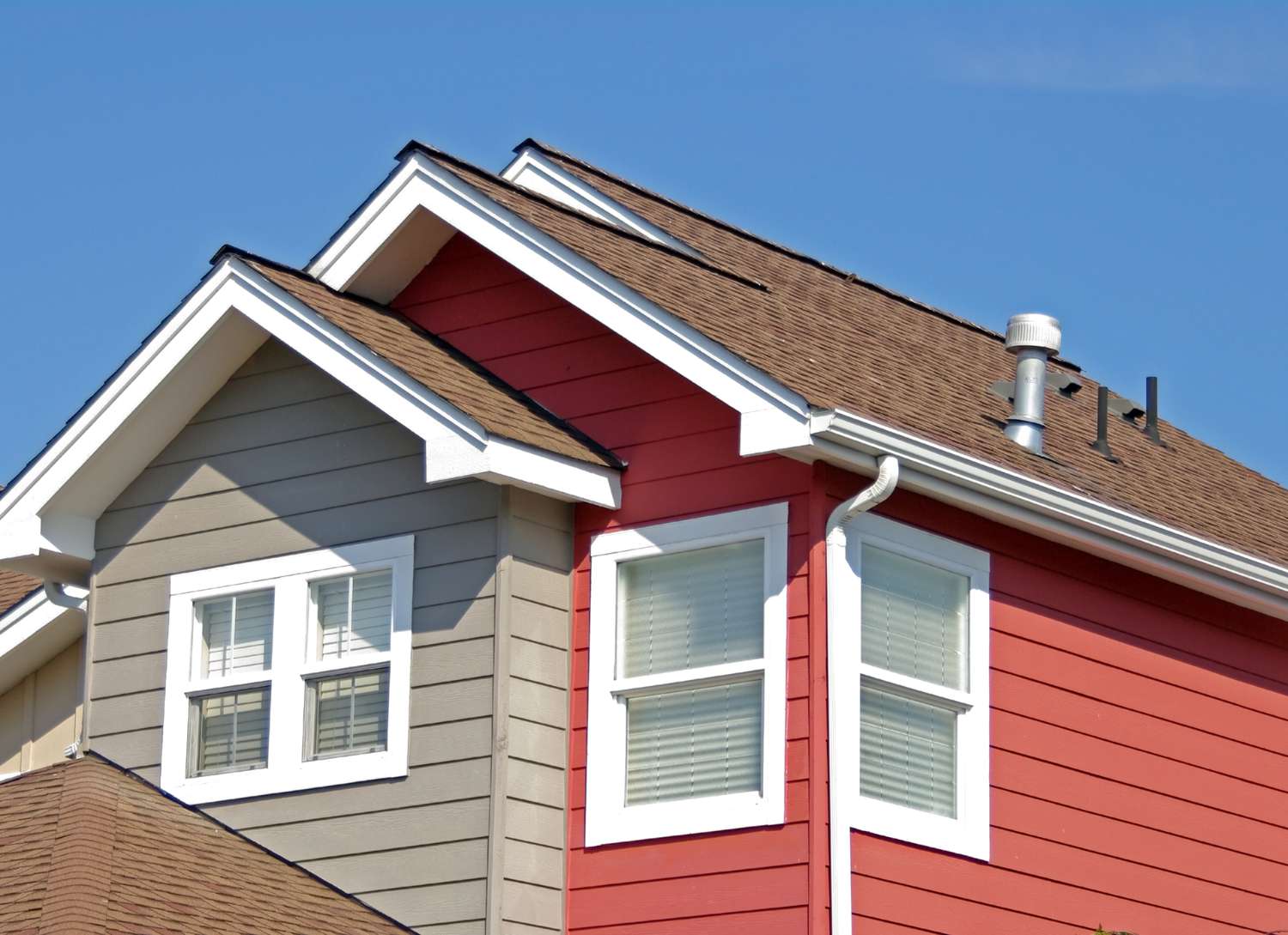
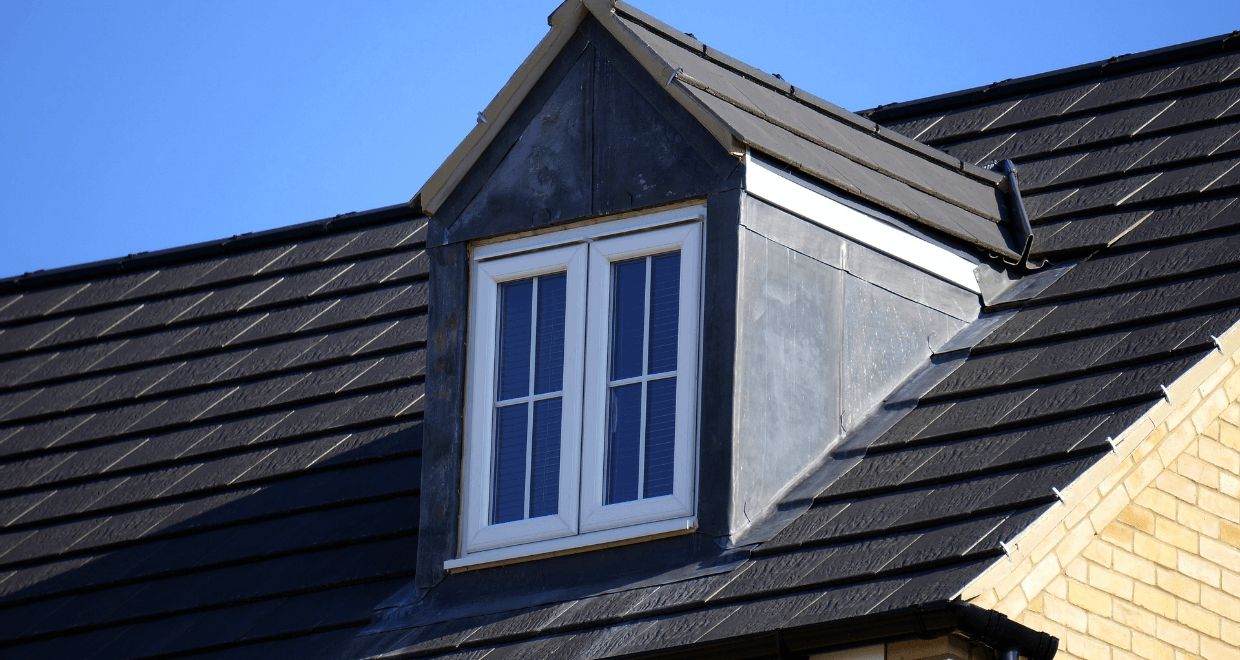
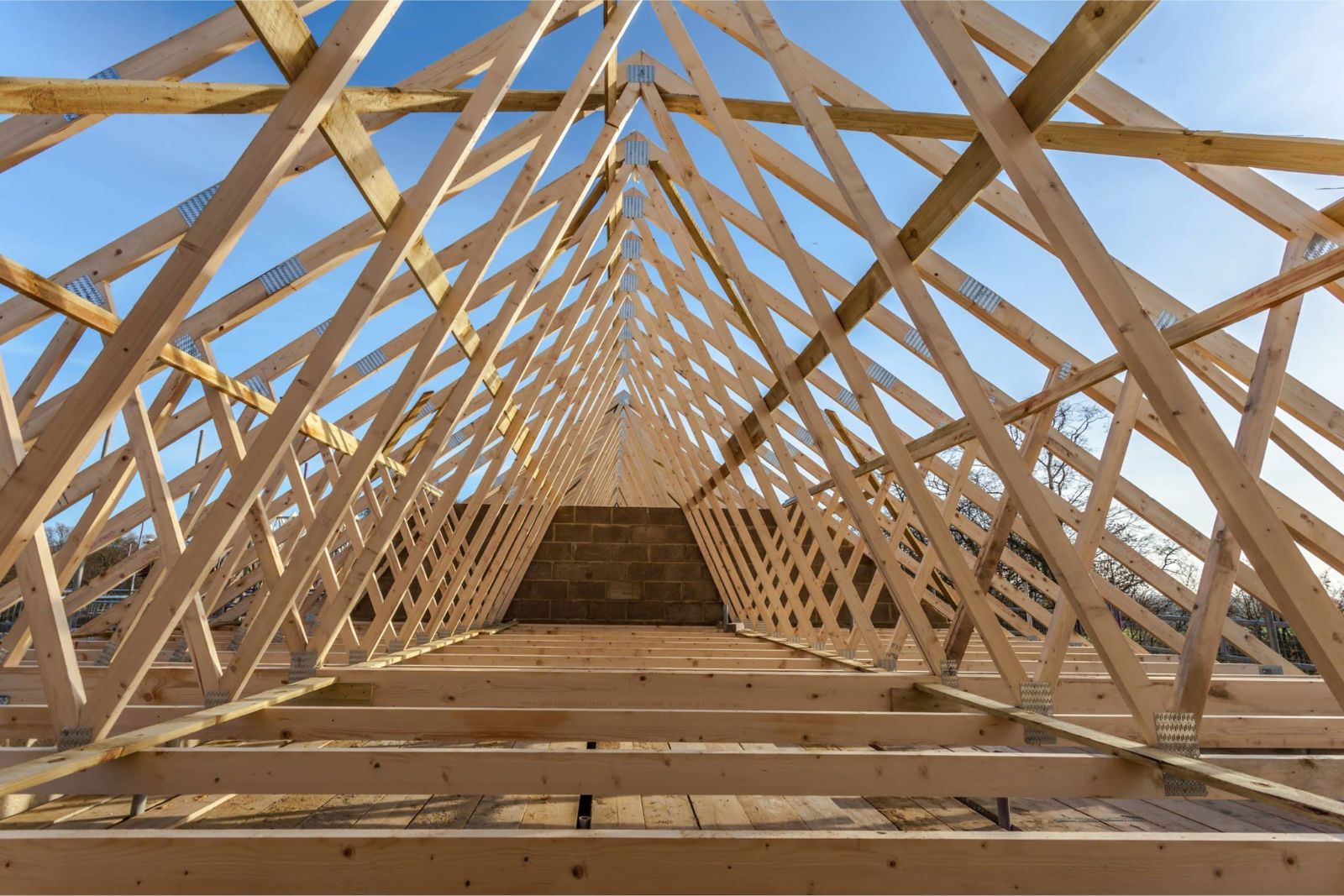

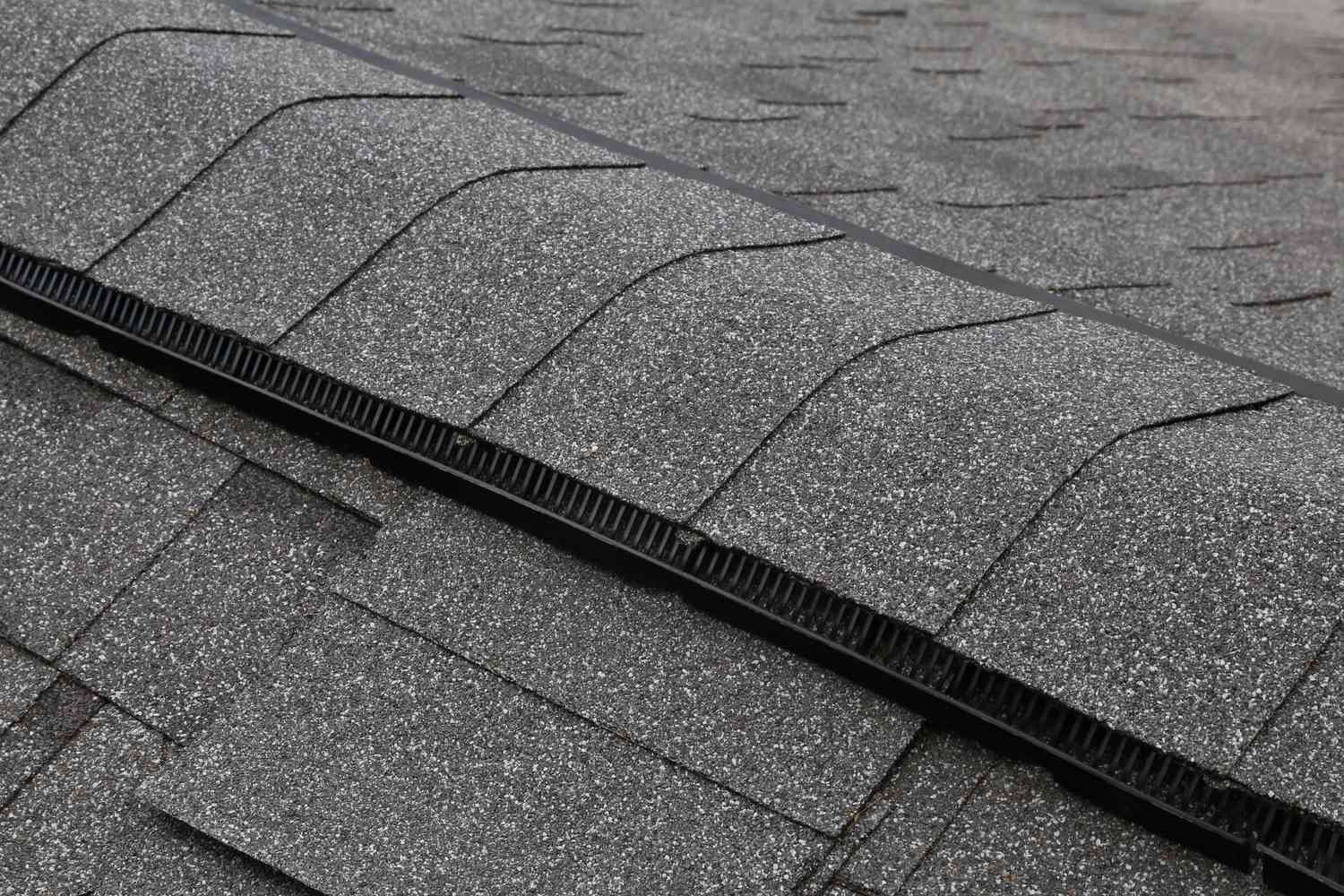

0 thoughts on “What Is TPO Roof”